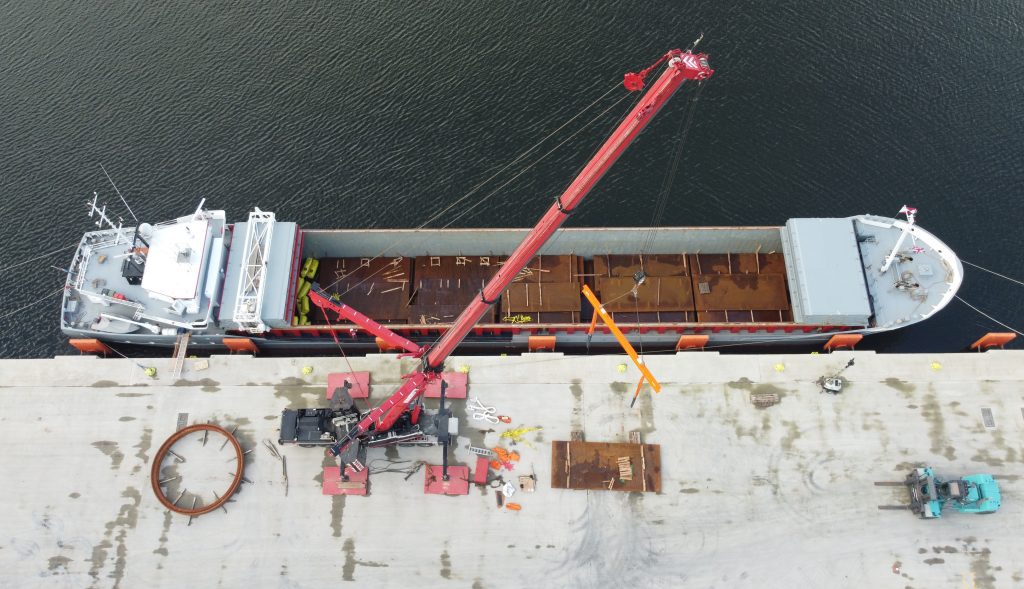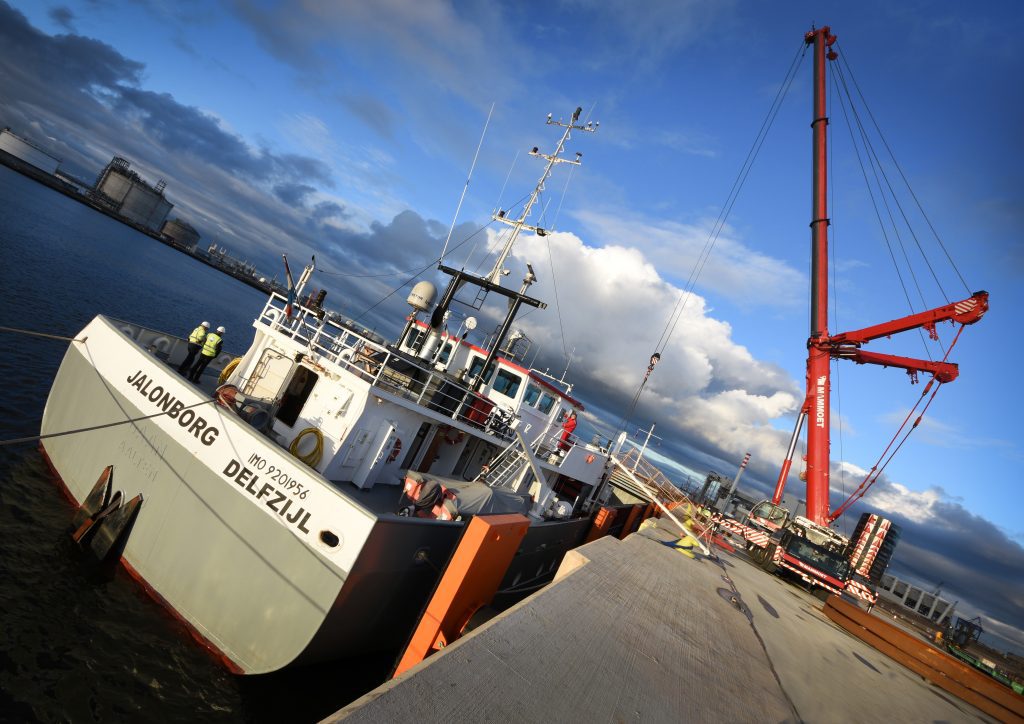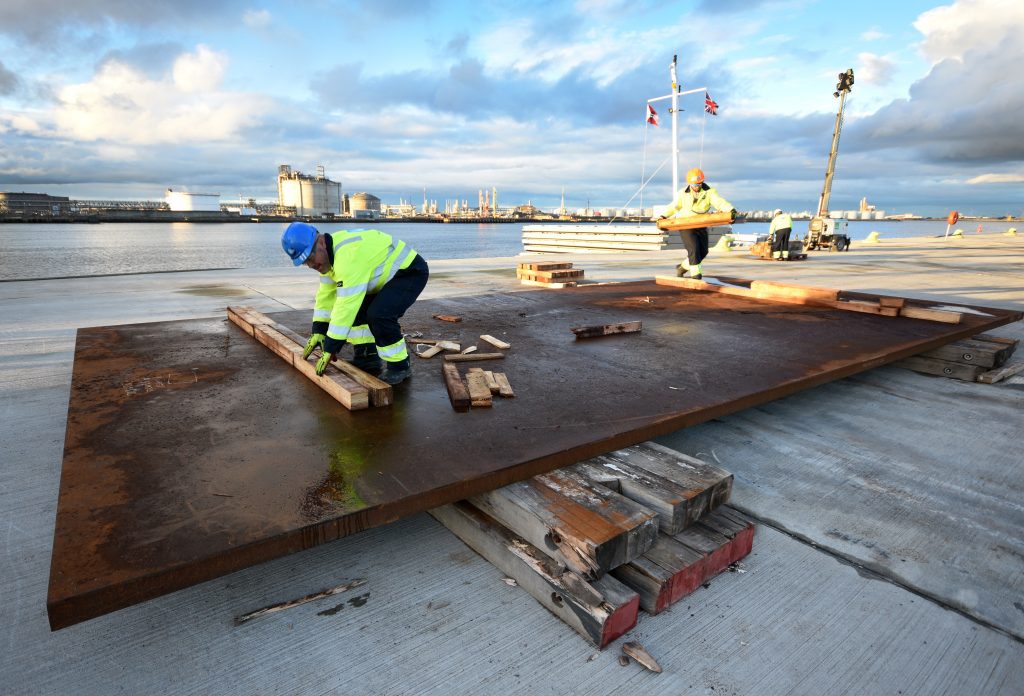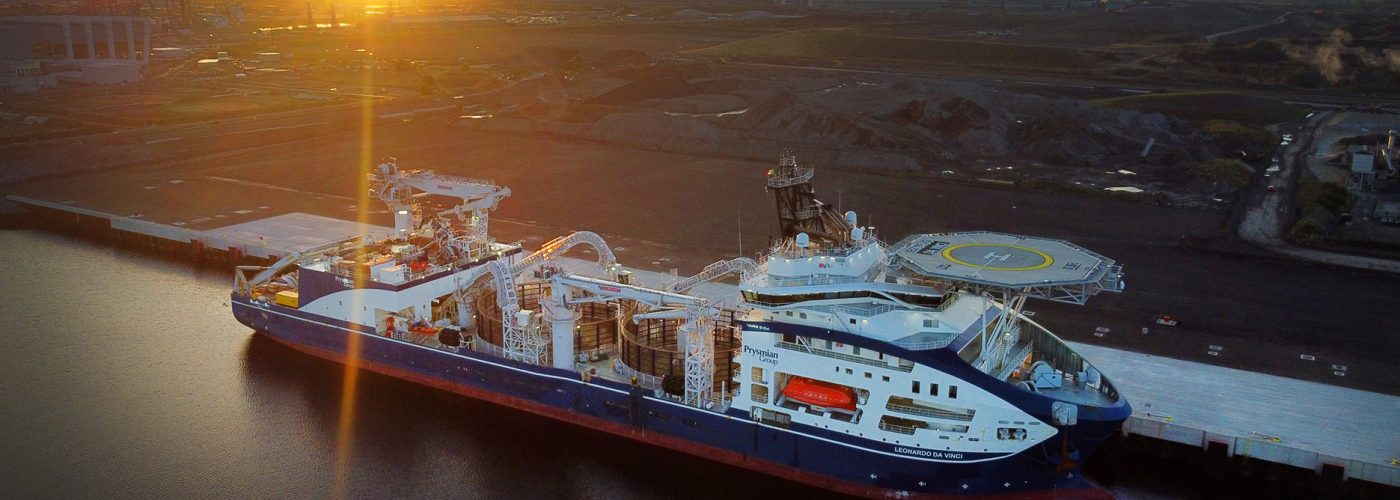The offshore wind industry is not just a cornerstone of the UK’s transition to clean energy – it’s the driving force behind the nation’s push towards a sustainable future.
As the global race for offshore wind capacity intensifies, deep-water quays like Steel River Quay are essential to ensuring the UK maintains its competitive edge in renewable energy.
Teesworks, the UK’s largest Freeport and hub for the sustainable industry, is at the forefront of the nation’s clean energy revolution.
Central to its success and situated in the North East of England is Steel River Quay – a unique quay with deep-water capabilities and purpose-built to support the rapid expansion of the offshore wind sector.
Strategic importance
One of the key bottlenecks in offshore wind expansion is the availability of technically suitable and well-connected Freeport. The deployment of offshore wind turbines requires quays with deep water access, extensive storage and heavy-lift capabilities to handle and store large monopiles, turbines and other vital components.
England’s east coast has a limited number of deep-water ports capable of handling offshore wind infrastructure at scale. This is where Steel River Quay, part of the Teesworks site, comes into its own.
The product of a two-year build and around £114m of investment, Steel River Quay is equipped to address the challenges of the offshore wind industry head-on. Offering a depth of at least 13.6 metres at any state of the tide and 450 metres long, it can accommodate two of the largest offshore wind installation vessels simultaneously.
The quay’s heavy-lift platform, rated at 30 tonnes per square metre, ensures it can support the demands of the industry’s biggest players.
A deep-water quay is just one of the ingredients needed for success in the offshore renewable energy sector – while it offers the opportunity for loading and unloading at speed, what happens to those components while they are not on board ship? Large-scale, secure storage is crucial to offshore wind operators in order to reduce ship journey numbers and hence keep costs down.
Garry O’Malley, Chairman at Steel River Quay, said: “Steel River Quay is a standout facility and unique to the East coast of England. Not just for its deep-water capabilities and heavy lift technology but its expansive storage areas and access to an additional 500 acres of land via the South Bank Link Road.
“The quay will be a major strategic facility for the North Sea offshore wind industry over the next few decades.”



The quay to the UK’s biggest offshore wind projects
While Steel River Quay was only completed in spring 2024, it is already making its presence felt with involvement in some of the UK’s biggest offshore wind projects.
The quay’s deep-water capabilities and vast storage space provide an essential marshalling point for turbine components for the Dogger Bank Wind Farm – the world’s largest offshore wind farm currently under construction – before they are transported to their final installation sites in the North Sea.
Additionally, the quay has also started taking deliveries for what will be the world’s largest monopile manufacturing facility – the giant £950m SeAH Wind factory nearing completion on the Teesworks site.
The deep-water facilities, storage and related infrastructure on Teesworks were crucial components in the decision by SeAH to locate their 810-metre-long facility at the site, recently visited by His Royal Highness King Charles III.
Teesworks will also play a significant role in the development of the £8.5bn Hornsea 3 offshore wind farm.
Set to deliver enough green energy to power more than 3 million UK homes, Hornsea 3 will be making a significant contribution toward UK energy security, as well the local and national economy.
As one of the UK’s most significant renewable energy projects, Hornsea 3 will require large-scale steel fabrication to support its offshore wind turbines.
To assist with this, Hornsea 3 project developer Ørsted and steel contractor Severfield are establishing a steel fabricating facility at Teesworks for Hornsea 3. Severfield, a market leader in structural steel, is leveraging Teesworks’ strategic location, deep-water access and logistics network to construct key components for this transformative project.
The multiplier effect
While major occupiers and large-scale projects have grabbed the headlines at the Teesworks site, the development is also making its presence felt further down the supply chain.
Planning permission was recently secured for more than 40 hybrid commercial units to be built on the Teesworks site near to the SeAH Wind factory.
These units will be rented out to local SMEs, including those in the renewable energy and related sectors, a number of whom are likely to service the needs of large occupiers on the Teesworks site such as SeAH Wind.
Chris Musgrave OBE, Teesworks Ltd chairman, explains: “We know how important small businesses are to building the bedrock of the local economy, creating jobs and driving prosperity which is why we always wanted to involve SMEs literally on the ground at Teesworks.
“We’re keen to make a start on building those units as soon as possible so we’ll be getting on site as soon as we can and creating the spaces for new and existing businesses to set up and grow.”
Powering the clean energy future
By providing the essential infrastructure needed to support the next generation of offshore wind farms, Teesworks is not just supporting its investors and tenants—it is helping to power the UK’s clean energy future.
Steel River Quay and Teesworks’ infrastructure are key to scaling up the UK’s offshore wind ambitions and meeting net-zero targets.
As offshore wind continues to expand, facilities like Steel River Quay will be the backbone of the industry, ensuring a greener, more sustainable landscape for generations to come.
Building, Design & Construction Magazine | The Choice of Industry Professionals





